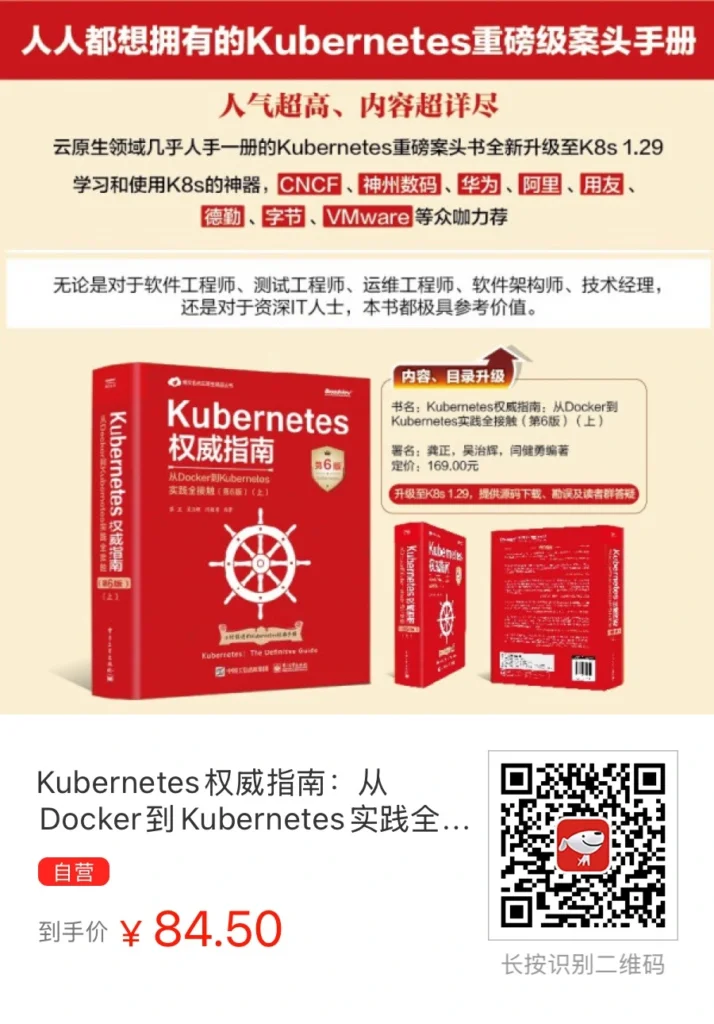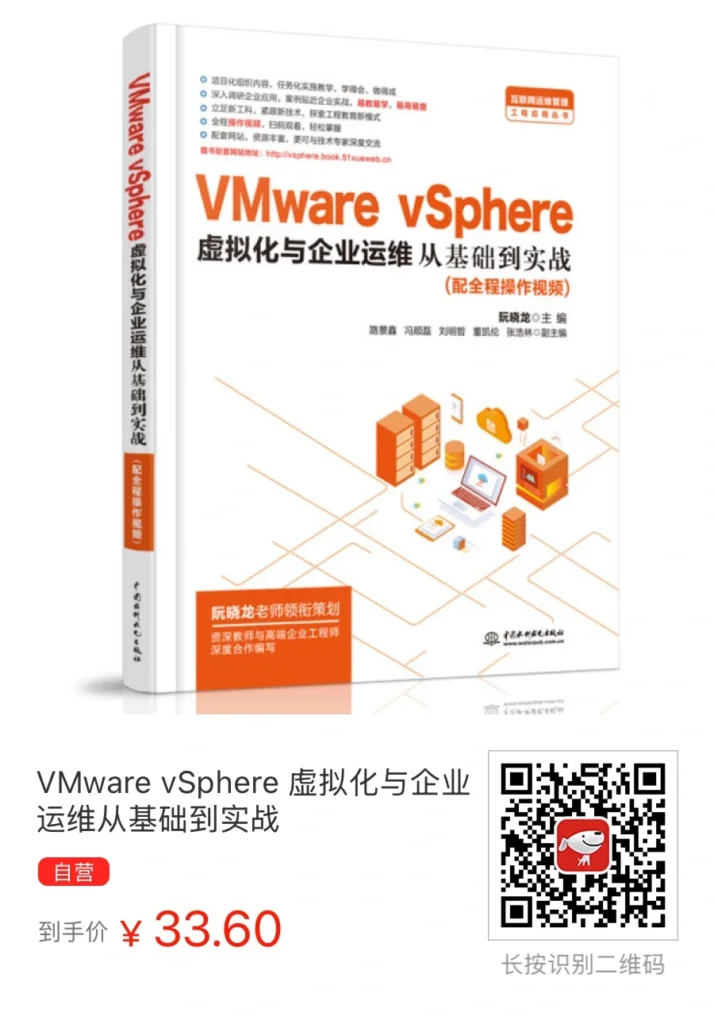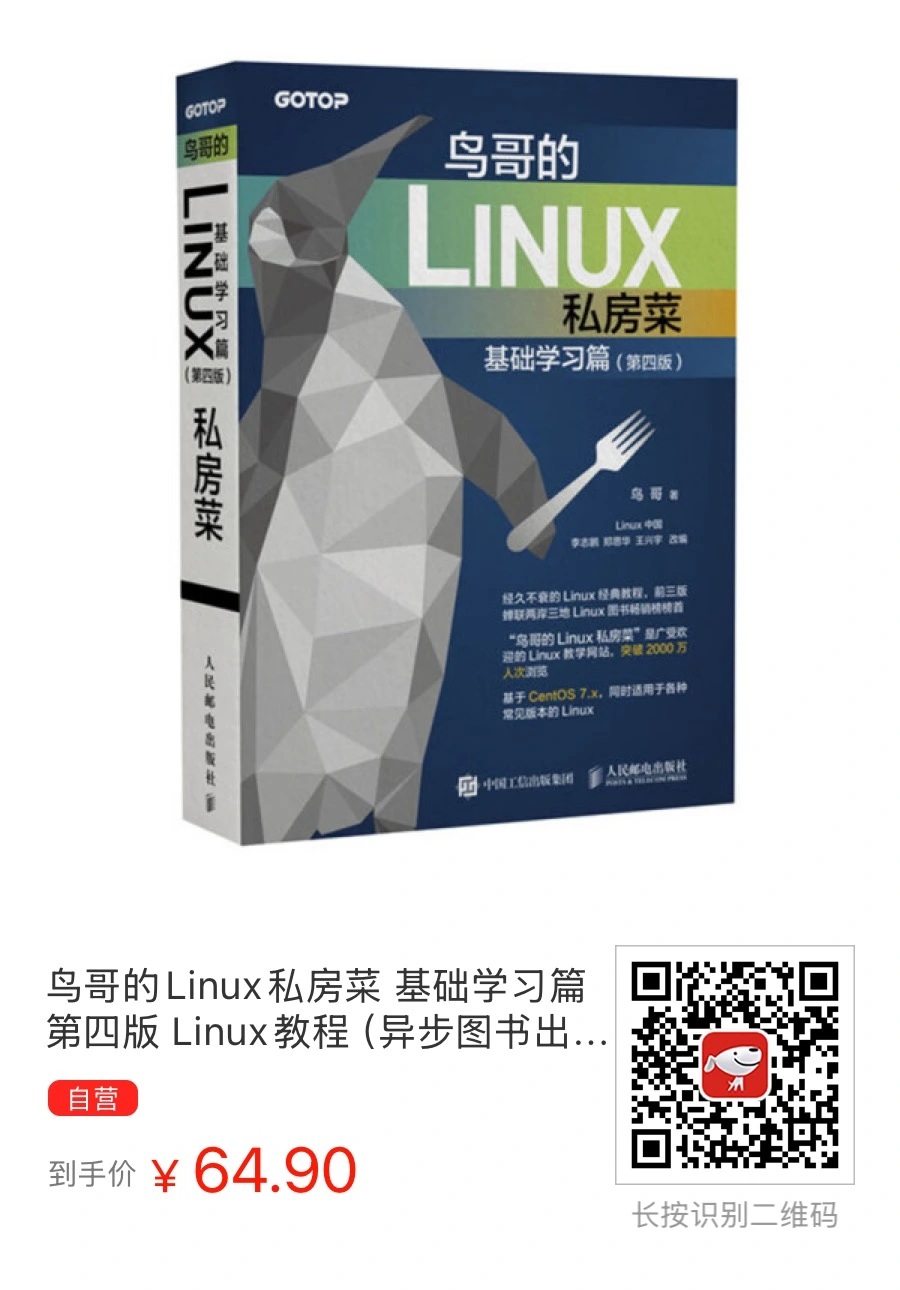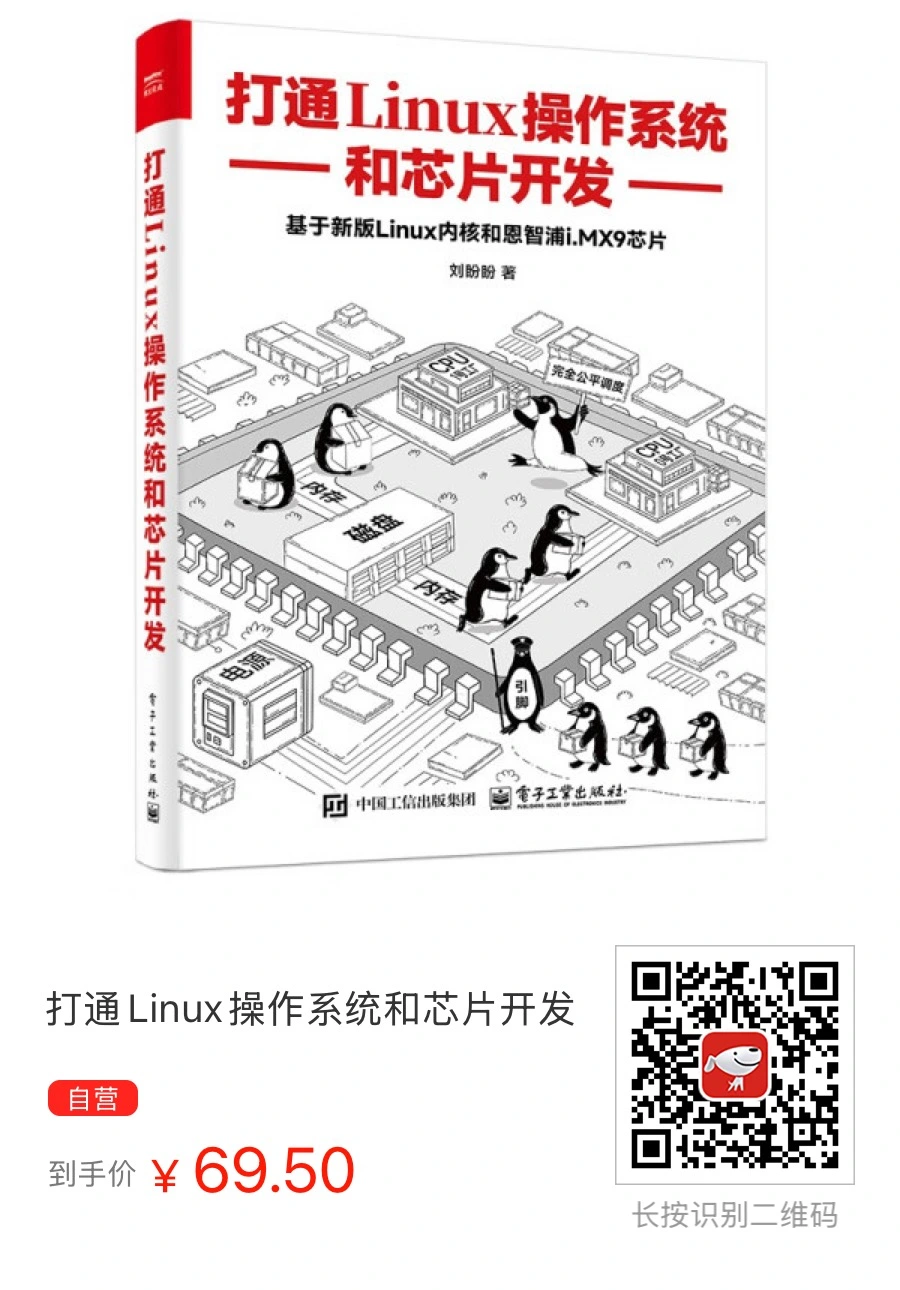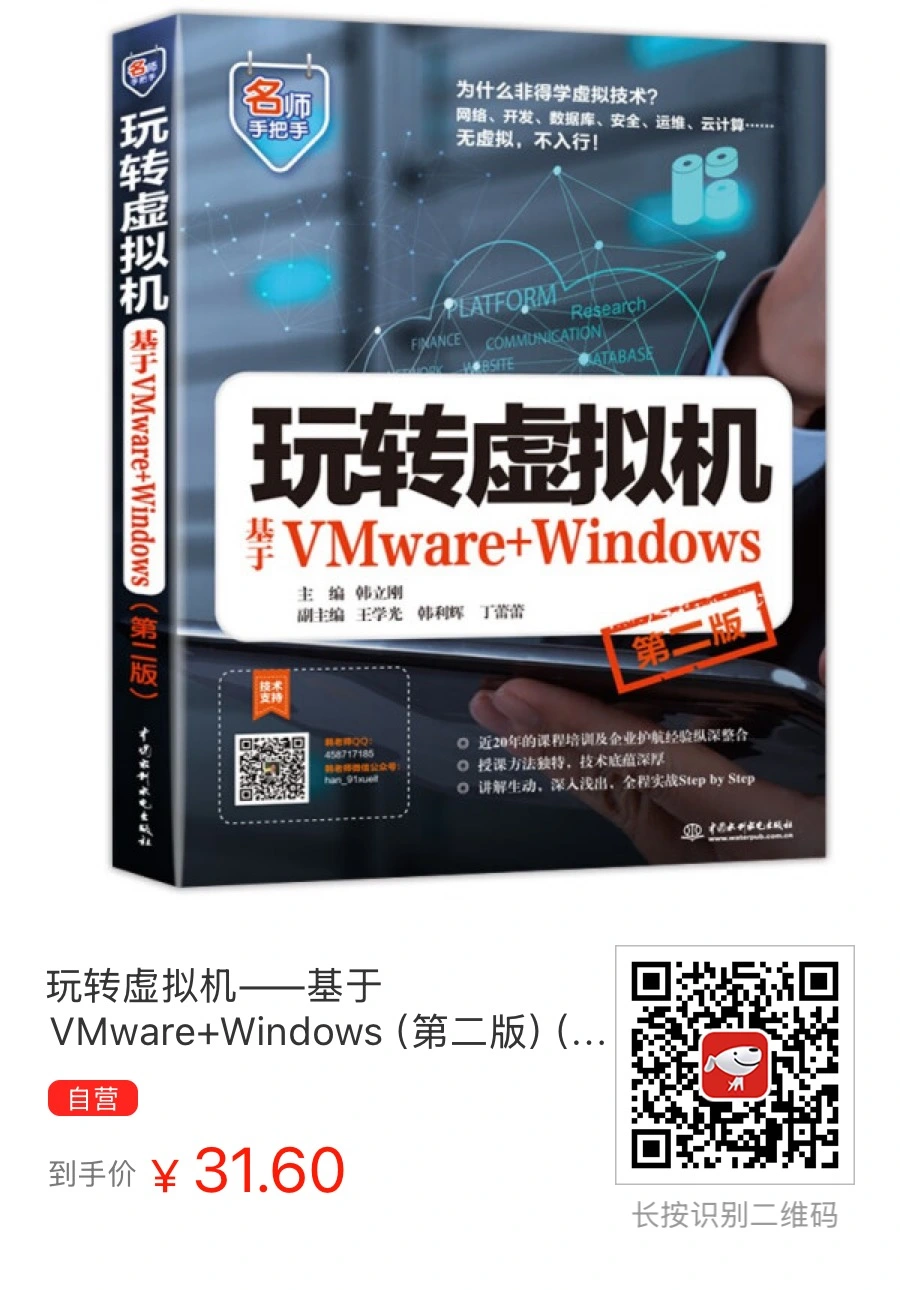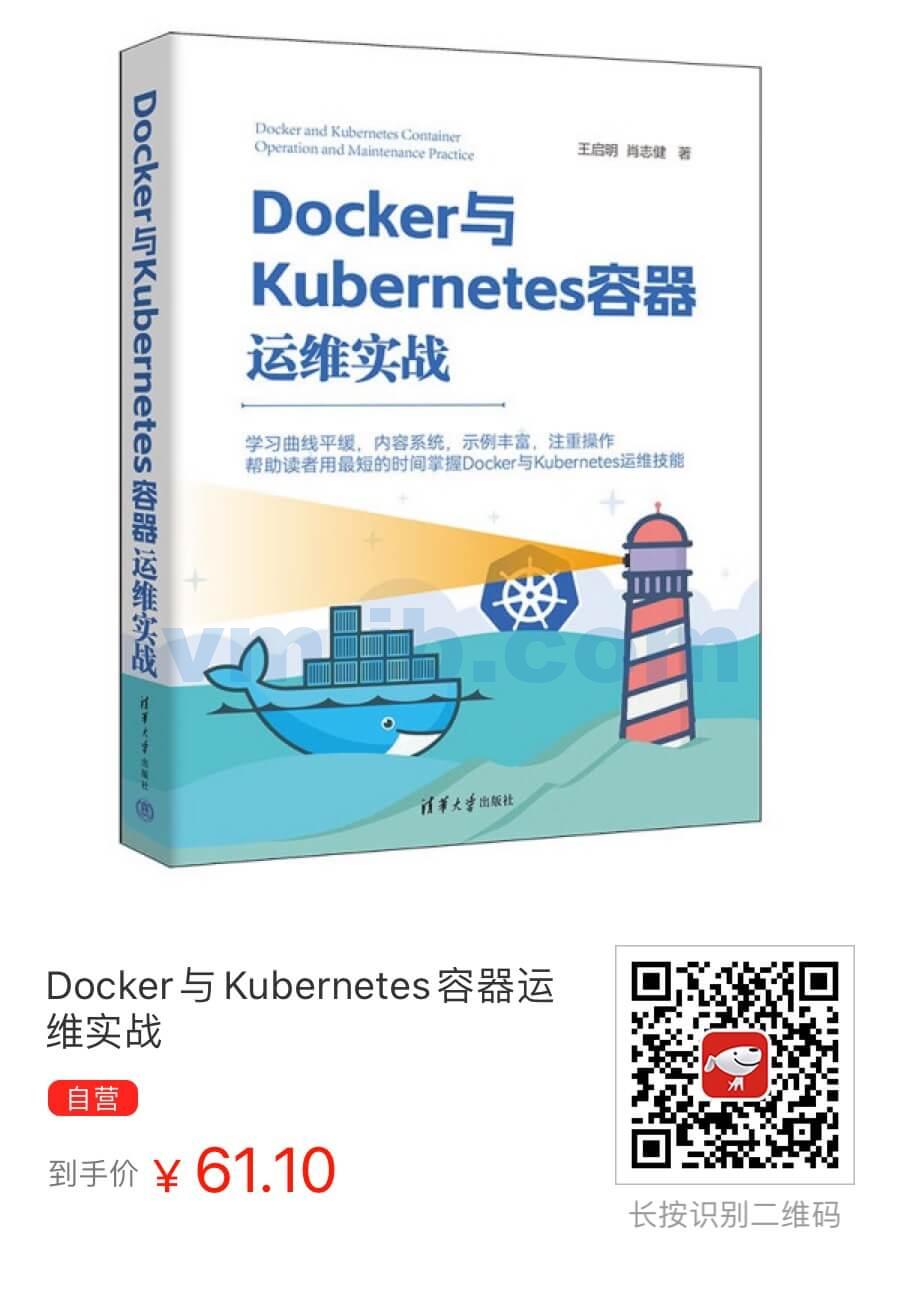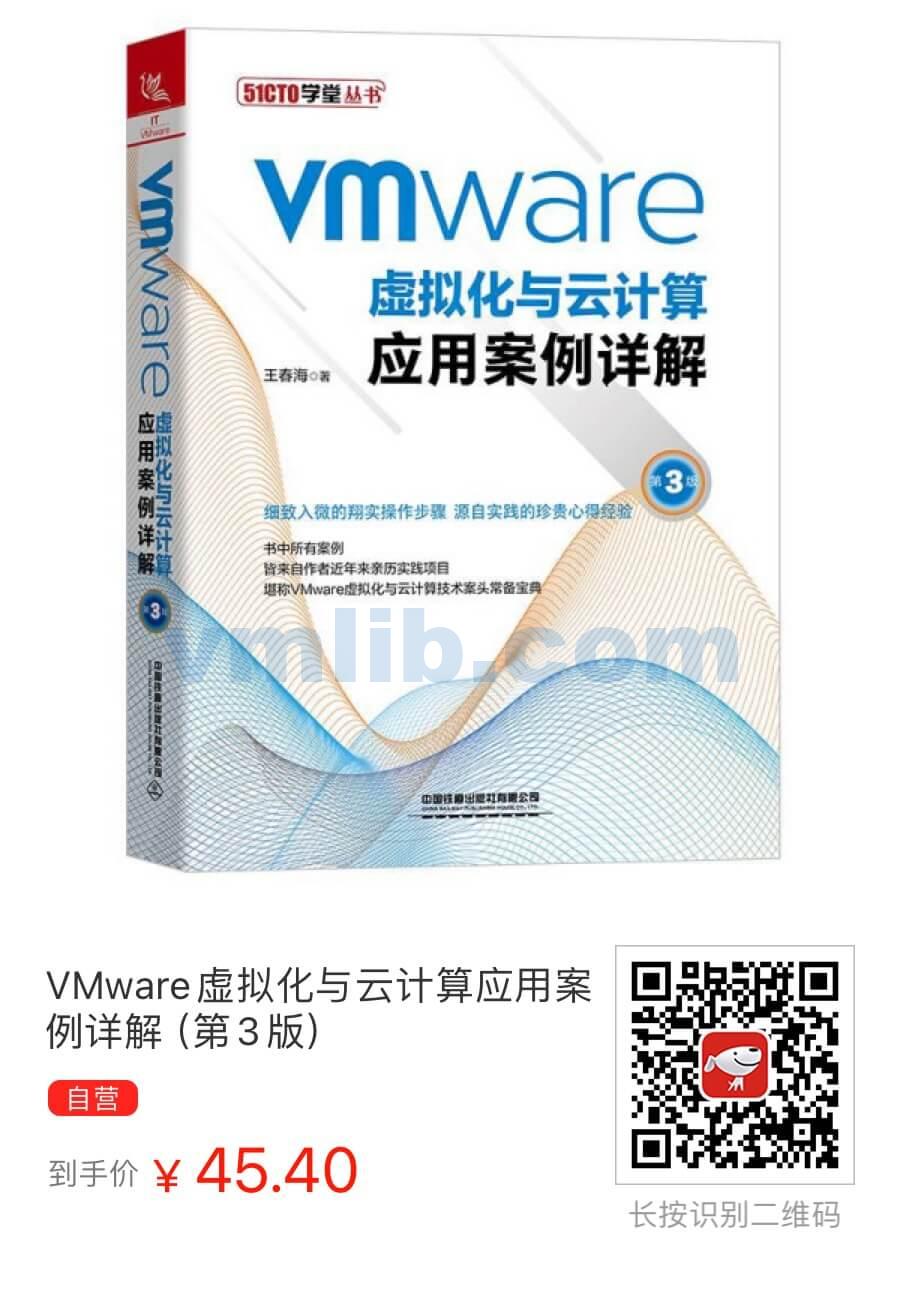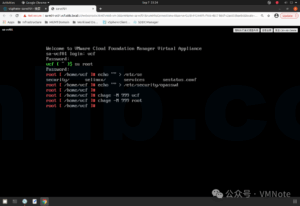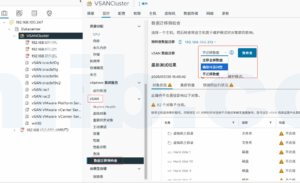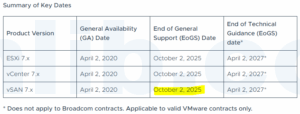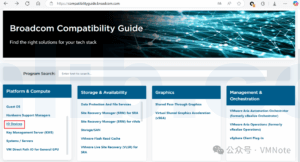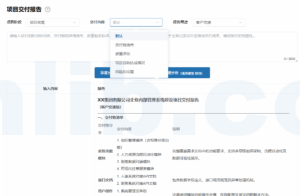To study for VMware HCI Master Specialist Exam | vSAN认证考试题目学习
97. A vSAN architect is reviewing an RFP(Request For Proposal) that has the following vSAN Ready Nodes requirements:
- CPU upgrades every two years
- SAS drives wil be changed to NVMe drives after one year.
- Introduce additional IO controllers to enhance performance.
What should the architect consider when writing the response?
- A.CPU upgrades are supported.
- Changing the drive protocol in a vSAN Ready Node is not supported.
- Only tested and certified IO controllers can be added.
- B.CPU upgrades are not supported.
- Changing the drive protocol in a vSAN Ready Node is supported
- Any HCL certified IO controllers can be added.
- C.CPU upgrades are supported with only specific vSAN Ready Nodes.
- Changing the drive protocol in a vSAN Ready Node is only supported with HCl appliances.
- Only OEM-provided IO controllers can be added.
- D.CPU upgrades requires opening a case with GSS.
- Changing the drive protocol in a vSAN Ready Node requires disk wipeout
- Any OEM IO controller can be added.
Explaination:
When preparing a response to a Request For Proposal (RFP) that outlines specific requirements for vSAN Ready Nodes, including CPU upgrades, changing drive protocols from SAS to NVMe, and adding IO controllers, it’s essential to align with VMware’s official guidelines and compatibility considerations for vSAN. Based on VMware’s vSAN and hardware compatibility guidance:
A. CPU Upgrades Are Supported: VMware vSAN typically supports CPU upgrades within the same server family, ensuring that the new CPU is supported by the ESXi version in use and the server vendor. This allows for improved performance and capacity within the existing infrastructure without complete hardware replacement.
Changing the Drive Protocol in a vSAN Ready Node Is Not Supported: VMware’s stance on changing drive protocols (such as from SAS to NVMe) within a vSAN cluster involves careful consideration. While vSAN supports mixed drive types (SAS, SATA, NVMe) within a cluster, changing the drive protocol for existing disk groups typically requires recreating disk groups, which involves data evacuation and disk reformatting. This process is more about compatibility and ensuring performance and reliability standards rather than a strict prohibition. However, it’s crucial to verify that the NVMe drives are on the VMware Hardware Compatibility List (HCL) and supported by the server platform.
Only Tested and Certified IO Controllers Can Be Added: VMware emphasizes the importance of using tested and certified hardware in vSAN deployments. This includes IO controllers, which must be listed on the VMware Hardware Compatibility List (HCL) to ensure they are tested and certified to work with vSAN. Adding non-certified IO controllers can lead to performance issues, instability, or unsupported configurations.
Given these considerations, the correct response aligns closest with:
“A. CPU upgrades are supported. Changing the drive protocol in a vSAN Ready Node is not supported. Only tested and certified IO controllers can be added.”
This option accurately reflects VMware’s guidelines around hardware compatibility and upgrades in a vSAN environment. It’s critical, however, to consult VMware’s official documentation and HCL for the most current information and to ensure that any hardware changes comply with VMware’s recommendations and support policies.
在准备针对具体要求包括CPU升级、从SAS更换驱动协议为NVMe以及添加IO控制器的vSAN就绪节点的提案请求(RFP)的回应时,至关重要的是要与VMware官方指南及vSAN的兼容性考虑保持一致。基于VMware的vSAN和硬件兼容性指导:
A.CPU升级得到支持:VMware vSAN通常支持在同一服务器系列内的CPU升级,确保新CPU得到ESXi版本及服务器供应商的支持。这允许在现有基础架构内提高性能和容量,无需完全更换硬件。
在vSAN就绪节点中更改驱动协议是不支持的:VMware对于在vSAN集群内更改驱动协议(如从SAS到NVMe)的立场涉及到仔细考虑。虽然vSAN支持在一个集群内混合使用不同类型的驱动器(SAS、SATA、NVMe),但更改现有磁盘组的驱动协议通常需要重建磁盘组,这涉及到数据迁移和磁盘重新格式化。这个过程更多是关于兼容性和确保性能及可靠性标准,而不是一个严格的禁令。然而,关键是要验证NVMe驱动器是否在VMware硬件兼容性列表(HCL)上,并且得到服务器平台的支持。
只能添加经过测试和认证的IO控制器:VMware强调在vSAN部署中使用经过测试和认证的硬件的重要性。这包括IO控制器,必须列在VMware硬件兼容性列表(HCL)上,以确保它们经过测试并认证可用于vSAN。添加未经认证的IO控制器可能会导致性能问题、不稳定或不受支持的配置。
鉴于这些考虑,最正确的回应最接近于:
“A.CPU升级得到支持。在vSAN就绪节点中更改驱动协议是不支持的。只能添加经过测试和认证的IO控制器。”
这个选项准确反映了VMware关于vSAN环境中硬件兼容性和升级的指导原则。然而,查阅VMware的官方文档和HCL获取最新信息,并确保任何硬件更改都符合VMware的推荐和支持政策是至关重要的。





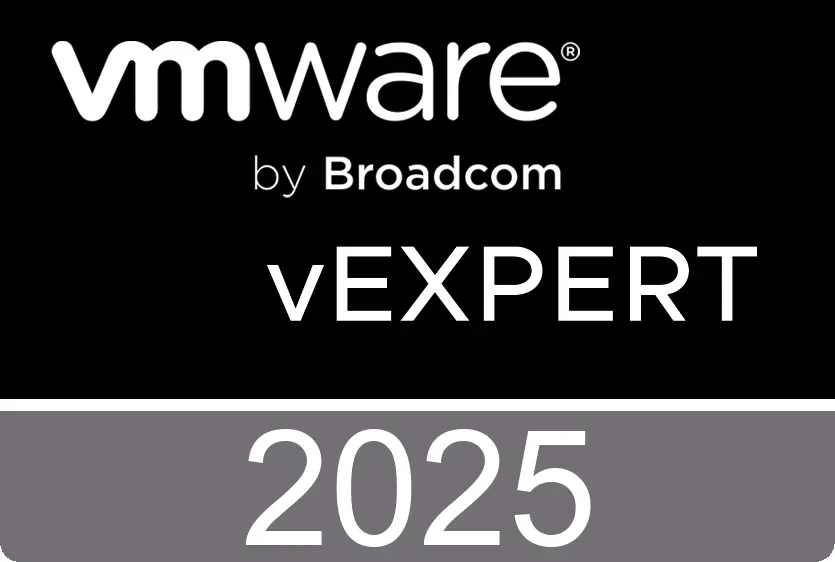
 VM技术助理
VM技术助理
